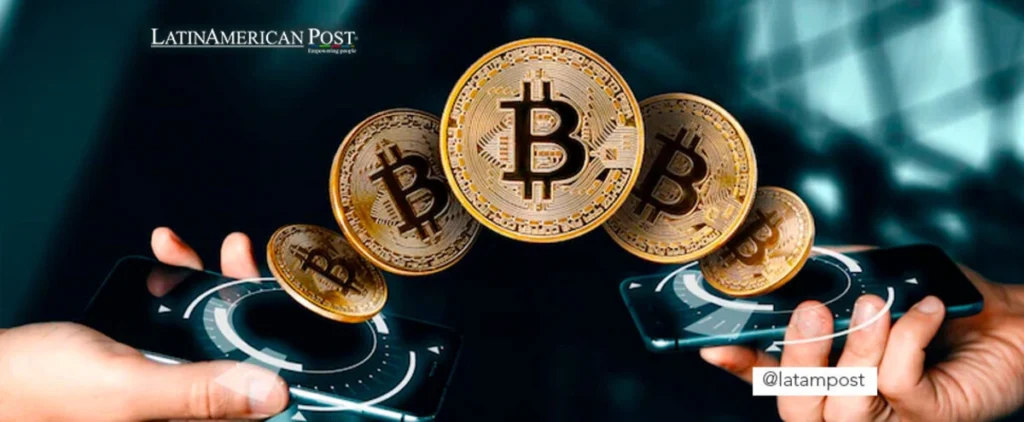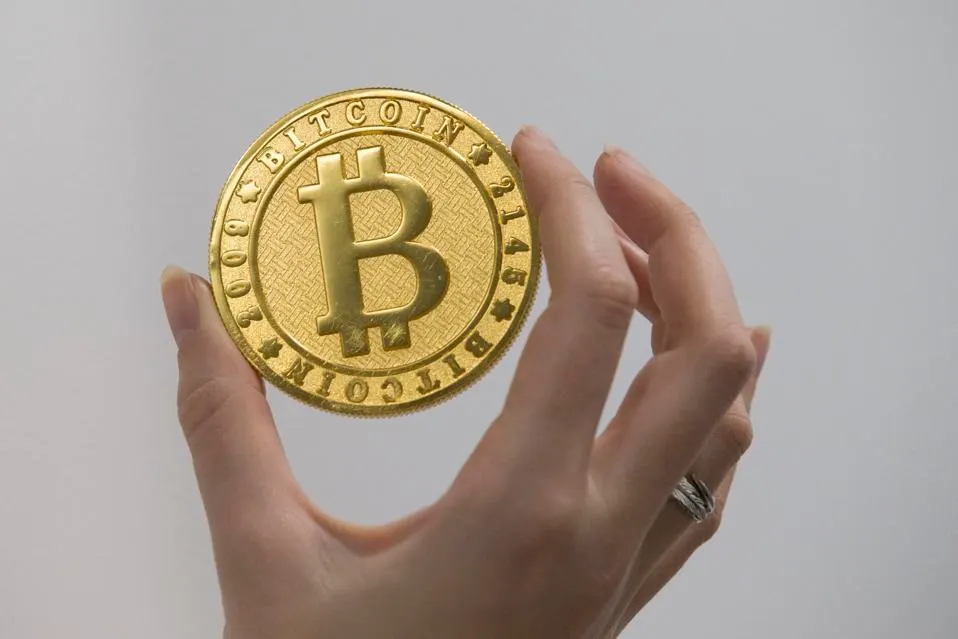“Crypto is free to use”—that’s one of the most common assumptions among new traders. But the reality is, crypto platform fees affect every transaction you make. Whether you’re buying Bitcoin, selling altcoins, or withdrawing to your wallet, fees are involved—and often in ways you don’t expect. It’s time to bust the biggest myths around crypto exchange fees and learn how they really work.
Myth 1: “Trading Fees Are the Same on Every Platform”
One of the biggest misunderstandings is that all crypto trading fees are basically equal. In truth, trading costs vary significantly between platforms. Most exchanges charge a percentage of each trade—typically between 0.1% and 0.5%—but how that percentage is applied differs. Some platforms favor market orders over limit orders, while others penalize takers more than makers.
Crypto platform fees are not one-size-fits-all. What looks like a tiny percentage can make a big dent in profits over time. For high-volume traders, even a 0.1% fee change could mean hundreds or thousands lost yearly. The myth of “standard fees” can cost you if you don’t compare platforms carefully.

Myth 2: “Withdrawal Fees Are Minor”
A second common belief is that withdrawal fees are negligible. But that’s only true under specific conditions—and only with certain coins. While some exchanges charge a small, flat fee per withdrawal, others add margin on top of network fees. For instance, withdrawing ETH during high gas congestion can lead to charges that far exceed expectations.
The biggest danger is assuming these fees are fixed or irrelevant. They often change based on blockchain demand, and some platforms quietly charge more than necessary. Always double-check current withdrawal rates—especially if you plan to move funds frequently.

Myth 3: “If It Says Zero Fees, It’s Free”
Many exchanges advertise “zero trading fees” or “no commission” to attract new users. But look closer, and you’ll often find that they’ve shifted the cost elsewhere—typically through spread markups. The spread is the difference between the buy and sell price, and platforms often widen this gap to hide the cost of trading.


Crypto platform fees can be hidden behind friendly marketing. You may not see a line item labeled “fee,” but you’re still paying. Spread-based models can sometimes cost more than traditional percentage fees, especially for illiquid or volatile coins.
Myth 4: “All Platforms Charge for Deposits”
While it’s true that some exchanges charge for fiat deposits—particularly when using credit cards—not all do. Bank transfers are often free, and crypto deposits are almost always free unless you’re using obscure networks or bridges. So the idea that every deposit incurs a cost is misleading.

The key is understanding your funding method. Some platforms make bank transfers frictionless, while others slap on fees when using third-party processors. Don’t assume the fee is unavoidable—shop around and choose the right method.
Myth 5: “Holding the Exchange Token Is Always Worth It”
It’s common to hear that holding an exchange’s native token (like BNB or KCS) is the best way to save on trading costs. While that’s often true in terms of fee discounts, it comes with risk. These tokens can fluctuate wildly in value, and if you’re only holding them for discounts, the math may not work in your favor.

Crypto platform fees may shrink with token perks, but that benefit is only helpful if the token holds its value. Otherwise, you could save 10% on fees but lose 30% on the token’s price drop. Fee savings shouldn’t replace proper portfolio risk management.
The Takeaway: Myths About Crypto Platform Fees Can Cost You
There’s no escaping the fact that crypto platform fees exist—and they’re more complex than most traders realize. Whether it’s hidden spreads, withdrawal surcharges, or fluctuating fee tiers, the devil is in the details. The more you understand about how platforms structure their pricing, the better equipped you are to choose the right one and keep your trading costs in check.
The most important truth? Paying attention to fees is part of trading strategy—not just a back-office detail. Smart traders don’t just follow charts; they follow the fine print, too.
Relevant news: here




